Koalas
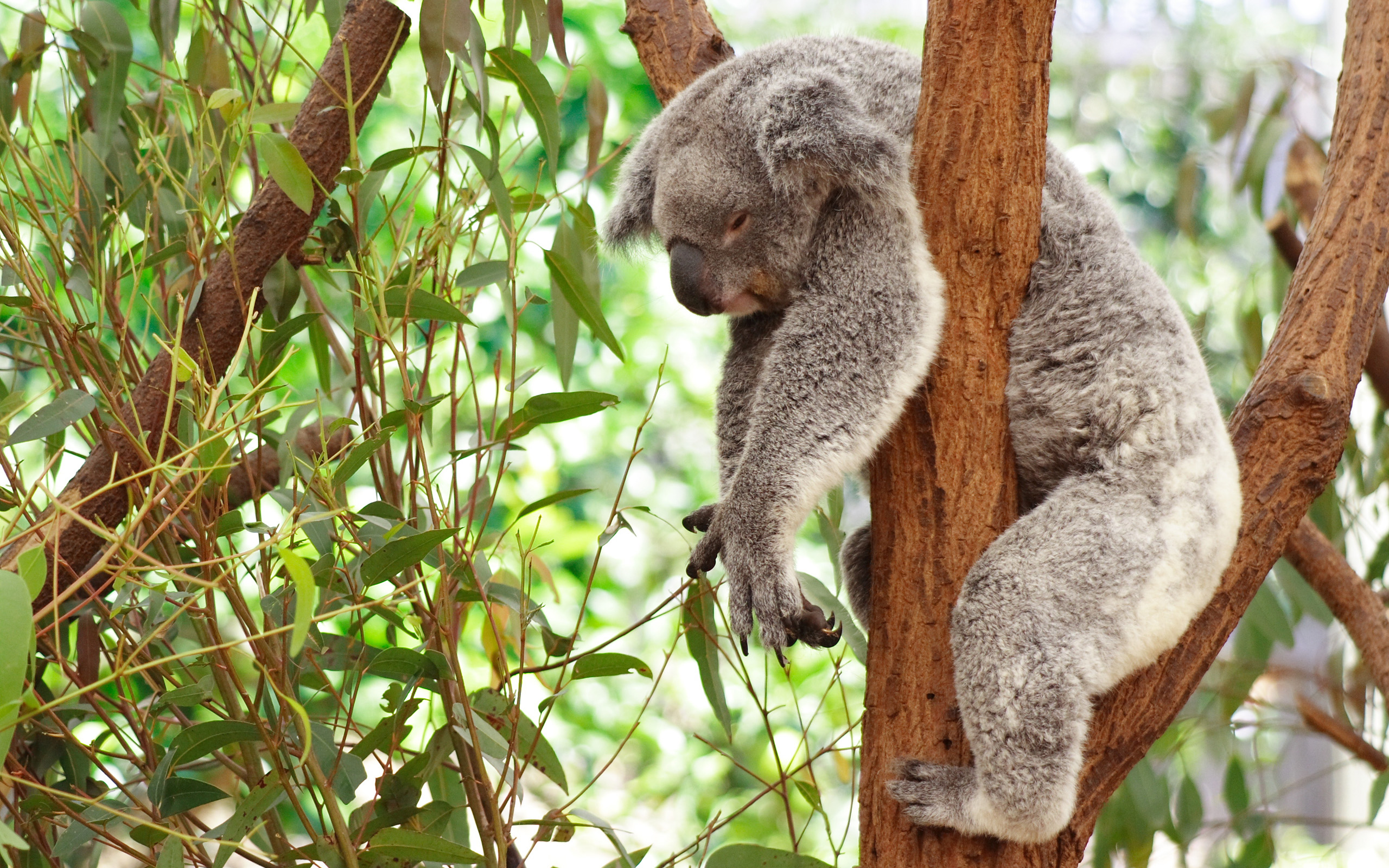
From the book “Koala a historical biography”, by Ann Moyal (google), pages 115-116:
Frederic Wood James, an early Professor of Zoology at the university of Adelaide, also wrote affectionately after some close encounters of the koalas in captivity and in the wild:
“The animal is wholly inoffensive and makes a most curiously affectionate pet. When brought in captivity it becomes strangely dependent upon human society, and dislikes left alone….the whole animal smells strongly of eucalyptus…Koalas are powerfully armed with strongly curved claws and they can scratch severely….The old males have a tremendous voice, somewhat like the braying of an ass, but this accomplishment appears to be only rarely exercised, the common vocal expression being a hoarse grunt.”
“The tragic death of the first living koala in Britain“
From the book “Koala a historical biography”, pages 105-106:
…the first arrival of a living koala in Britain, purchased in 1881 for its collection by the Zoological Society of London. WE. Forbes, prosector to the Society, related the anticipated event:
“The animal, a young female, continued to do well and thrive after its arrival at the Gardens, and on a diet of fresh Eculyptus-leaves…being a pet animal, accustomed to being caressed, it was thought better not to put it in a cage; so a room for its use was fitted up in the Superintendent’s office. Here,…it slept, perched upon the branches of a tree erected for its use, by day, whilst at night wandered about the room. Very unfortunately, on the night of the 14th of June, it was accidentally killed, whilst thus roaming about at nightm by getting caught between the top and bottomm of a fixed washing-stand…It had apparently climbed up this and brought on its nect the haevy lid. Nobody being near, and in spite of evidently determined struggles on its part, it failed to relieve itself, and so was found dead in the morning from asphyxia.”
A Koala Hospital Story: “Zenani Nani“
In late spring 2013 weather conditions in NSW were so hot, dry and windy – catastrophic bushfires broke out all up and down the east coast. One very big fire just north of Newcastle was sadly a hot spot for wildlife many of whom did not make it but many animals were certainly saved. Wildlife search and rescue teams working on the Williamtown Airforce Base fires came across a very small female joey koala who had suffered severe burns and was still alive. The rescuers called her Zenani (which of course has been shortened to Nani). Nani was taken to a local veterinarian for her initial treatment and later was transferred into a private home for 24 hour nursing.Nani was very ill for a number of weeks and had to undergo painful burns treatments on a daily basis. Nani slowly began to respond to care but was not progressing as well as expected.
Nani was transferred up to the Port Macquarie Koala Hospital three weeks after she was initially rescued for more intensive treatment.
Her wounds began to heal and she became much brighter, eating well and began to move around more.
As burns injuries in wildlife are initially so very difficult to determine the extent of trauma, we often do not discover what the koala is going to end up with many weeks after healing has occurred, koalas like other wildlife cannot undergo painful skin grafts etc.
It would appear that Zenani has permanent damage to her claws and feet which will prevent her from climbing trees in the future.
Therefore Nani will be joining the koalas here at the Koala Hospital to beloved and cared for, for the rest of her life. nani will also be a wonderful teacher for veterinarians and researchers wanting to learn about burns injuries in wildlife.
ADOPT A WILD KOALA: “Save the lives of our precious koalas“
“Zenani Nani’s photo”
“Vulnerable Species”
“In 2012 koalas were listed as a ‘vulnerable species’ in three Australian states: Queensland, New South Wales and the Australian Capital Territory. What is a vulnerable species? A vulnerable species is one that is at risk of becoming endangered if action isn’t taken. The koala is known all over the world for its cute and cuddly bear-like looks, but these animals aren’t really bears, they’re marsupials and are related to the kangaroo.
There are estimated to be just 80,000 to 200,000 koalas left in the wild in Australia. Among the problems that threaten them is habitat destruction. When it comes to habitats koalas are fussy customers as they only eat leaves from eucalyptus trees and so are only found in woodlands or forests that contain that yummy vegetation. Many trees and woodland areas are being cut down for new buildings, farmland, mining projects or roads leaving koalas and lots of other wildlife with a lack of suitable habitat, food, shelter and safety…
see: “YPTE: KOALA“
‘Even though koalas are solitary animals, they actually are part of a highly ordered social structure, with the dominant male and female (alpha) occupying the best habitat, and lesser ranking animals living around and alongside. all the home ranges of each animal overlap to some degree and even though males do occasionally fight during breeding season, they do not actively march up and down defending their “territory” as this behaviour is costly in terms of energy expenditure”
Taken from: “The Koala” prepared by the Koala Hospital.
There are over 600 species of eucalyptus in Australia-koalas are known to eat only about 60 of these. each “lcal” population of koalas will favour around 10-15 endemic (belong to that area) species and actively pursue about 5-6 species within that locality, as they are really quite fussy eaters. Consequently, a forest of eucalyptus does not necessarily house a koala population-the trees may all be species that koalas do not like or the terrain s unsuitable, and therefore koalas cannot simply be relocated and “put there” (and this applies to most Australian native animals).
Taken from: “The Koala” prepared by the Koala Hospital.
“No drink“
Taken from: “The Koala” prepared by the Koala Hospital.
“The word koala comes from the aboriginal “no drink”. When climatic conditions are favourable, eucalypt leaf carries enough moisture to sustain koals’ daily needs, but in dry seasons the leaf moisture content can be too low and koalas need to go to ground to find water.This is one of the reasons why most koala populations tend to be located close to water courses where tree moisture is better.”
“In severe drought conditions koala populations suffer badly along with many other native species. At times koalas have been observed drinking copiously from swimming pools, creeks or watercourses-this may not be as a result of dry leaf moisture but in fact due to the koala suffering from renal disease.”
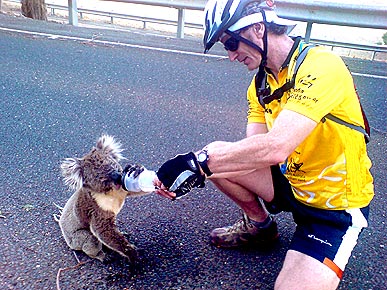
“A vast eucalyptus forest that stretch inland along Australia’s eastern seaboard a home to an estimated 40 to 80 thousand koalas…. In Australia koalas are disappearing faster than they being born. From the outright slaughter of almost 3 million for their skins earlier last century koalas these days are disappearing from a whole host of killers. Almost all of them related to man…. Humans are moving in on koala habitat at an alarming rate knocking down trees that are home to koala colonies by the tens of thousands and erecting new housing developments. Koala housing give away to human housing. …chances are that she will become victim to another big koala killer. The pit dog. Dogs are count for a staggering number of koala deaths every year. As many as one on every twenty koalas die this horrific way….Its all part of a growing realisation that radical steps have to be taken if the koala is to survive”
From the DVD: “Australia’s cutest koalas“
THE GOOD NEWS:
The first second-generation Japanese Koala
(From the book “Koala A Historical Biography” by Ann Moyal pp. 217-218):
“[…] Japan, not surprisingly, was one of the first countries to respond, importing its first two koalas in 1983. The following year Tama Zoological Park, Tokyo, acquired four female and two male koalas from the New South Wales government. Three infants were born there, to rapturous applause, across the next five years. Two males and three females were subsequently despatched to Higashiyama Zoological Gardens in Nagoya, sister city to Sydney. Since 1980s seven more zoos have acquired koalas, including Tokyo…”
The first ‘test-tube’ koala babies:
(From the book “Koala A Historical Biography” by Ann Moyal p. 220-221):
Nothing could be more “up close and personal” than the escalating collection and preservation of koala sperm for artificial insemination in Australia, and on the other side of the spectrum, the move to koala sterilisation. The announcement late in 2006 that a team of scientists from the University of Queensland sanctuaries…had been able to extend the shelf-life of koala sperm from two hours in the wild to forty hours in the laboratory flagged a major milestone. The fragility of koala semen initially posed problems, but six ‘test-tube’ babies were born using the diluted semen during 2006 and twenty-five by 2007.
In May 2007 the Premier of Queensland…announced that koala semen could be now be chilled for seventy-two hours, enabling it to be transported around the world. ‘We are now well on the way’, he said, ‘…to have artificial insemination become the primary method of introducing new genetic diversity into Queensland and to overseas populations of koalas at zoos.’…Such programs aim to foster genetic diversity, boost koala numbers in captivity, overcome the infertility effects of disease and stress, and, in the words, of one biologist, act as an ‘insurance policy’ for the survival of the species.
VIDEOS
“Koala Bears: Documentary on Koalas in the Australians Suburbs”
“Cute Koalas fight in Australian park“
Swimming Pool

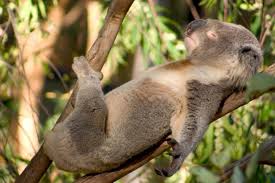

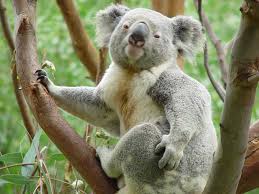
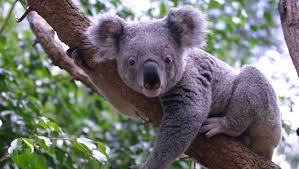
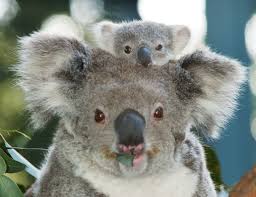

Recent Comments